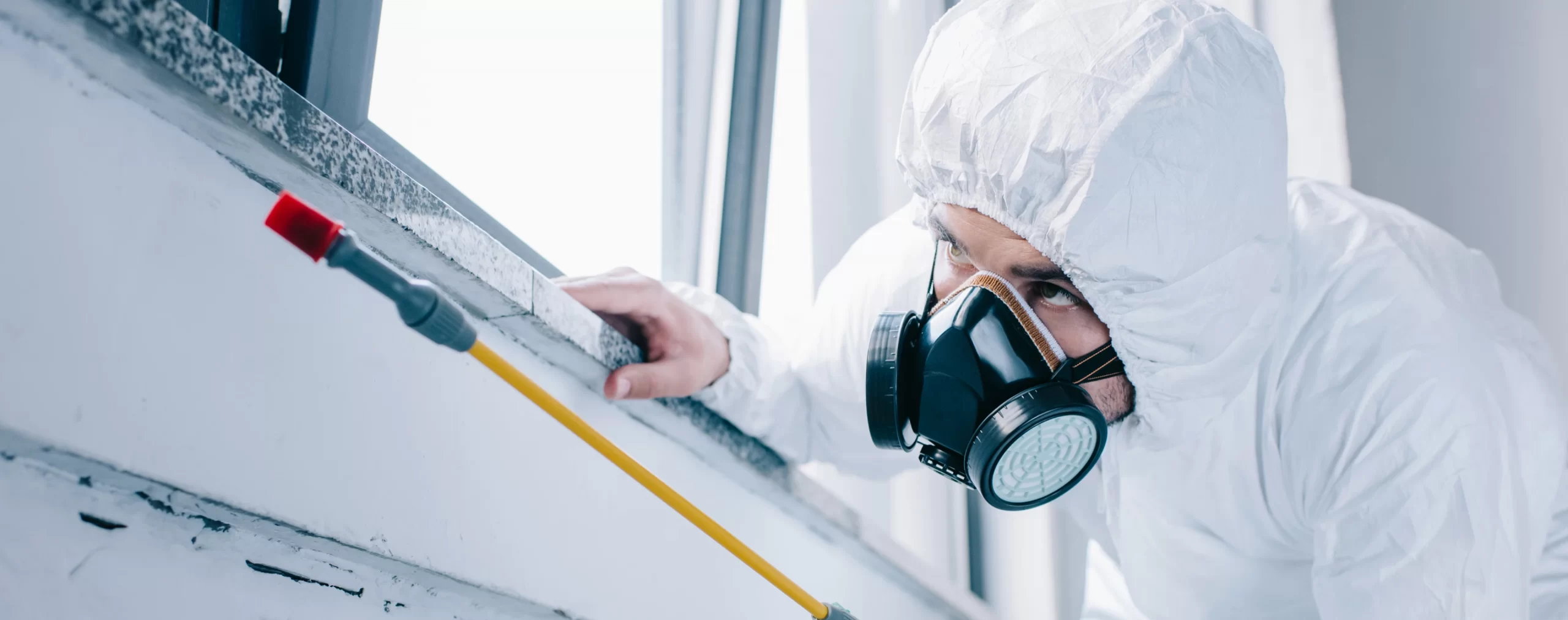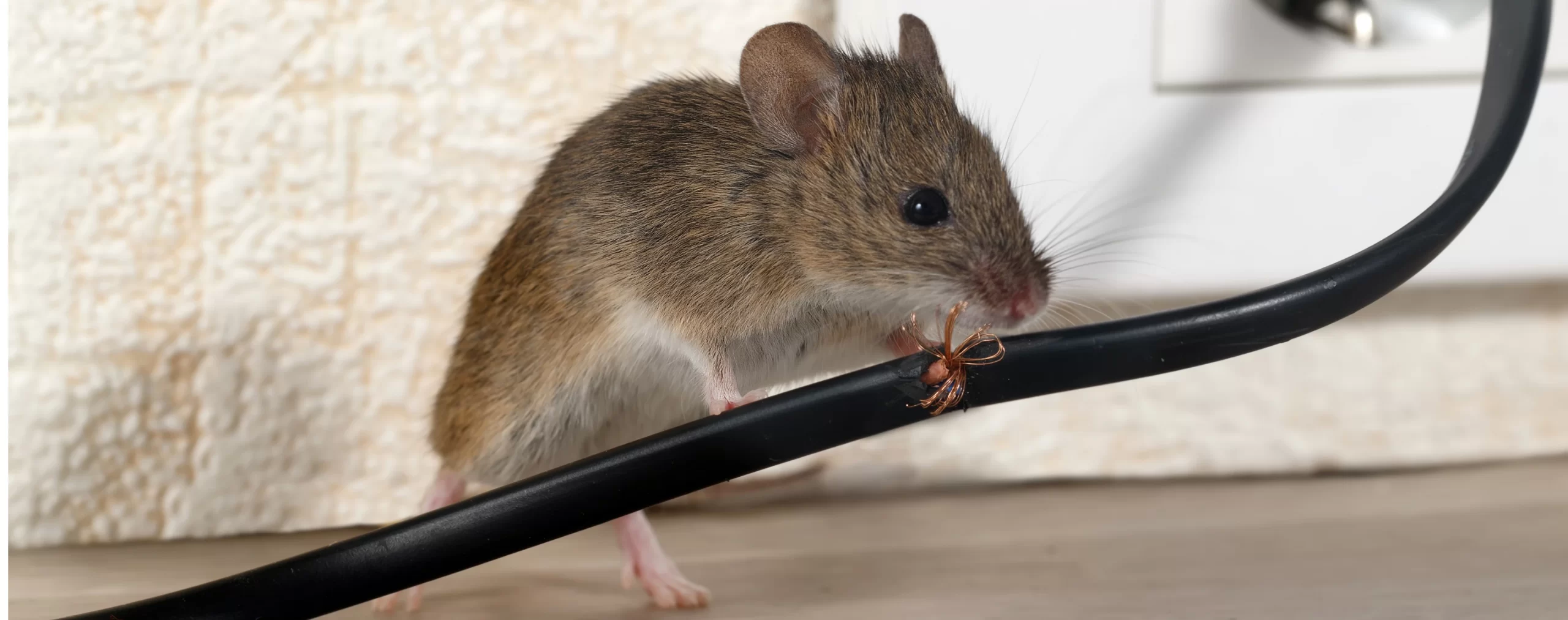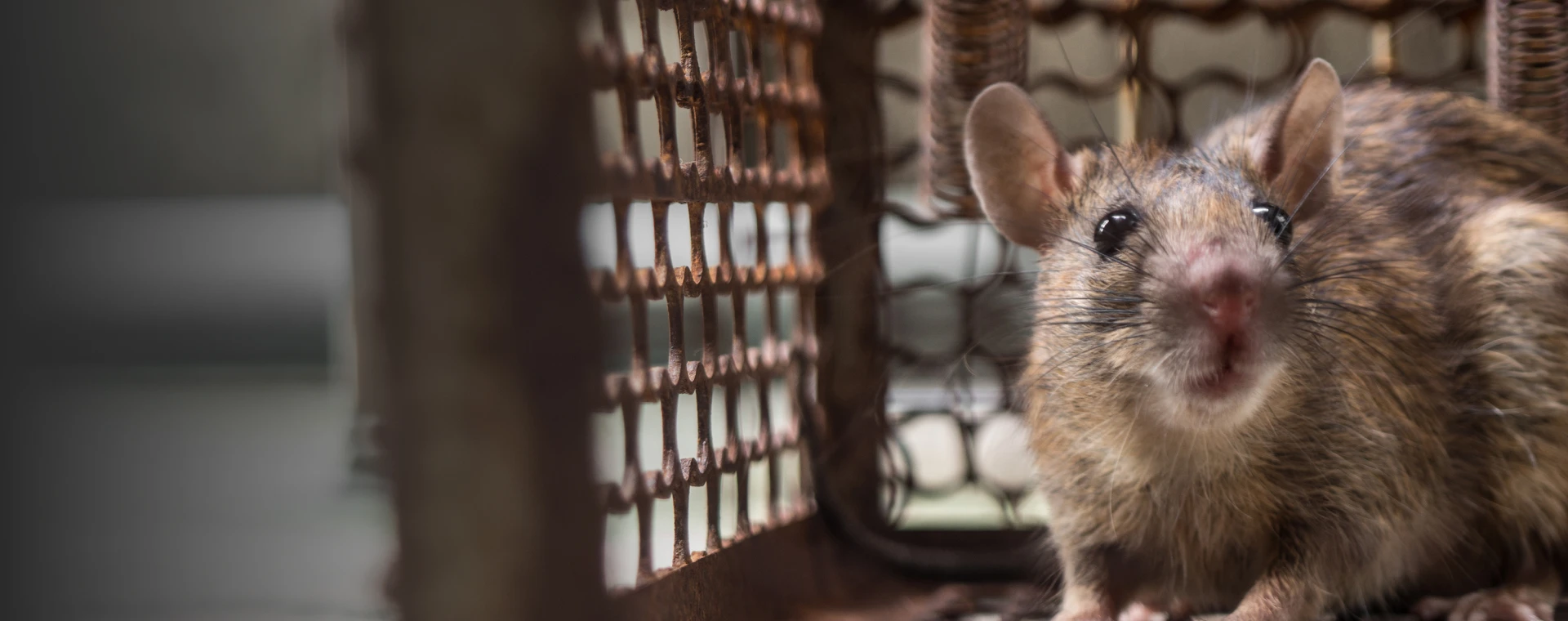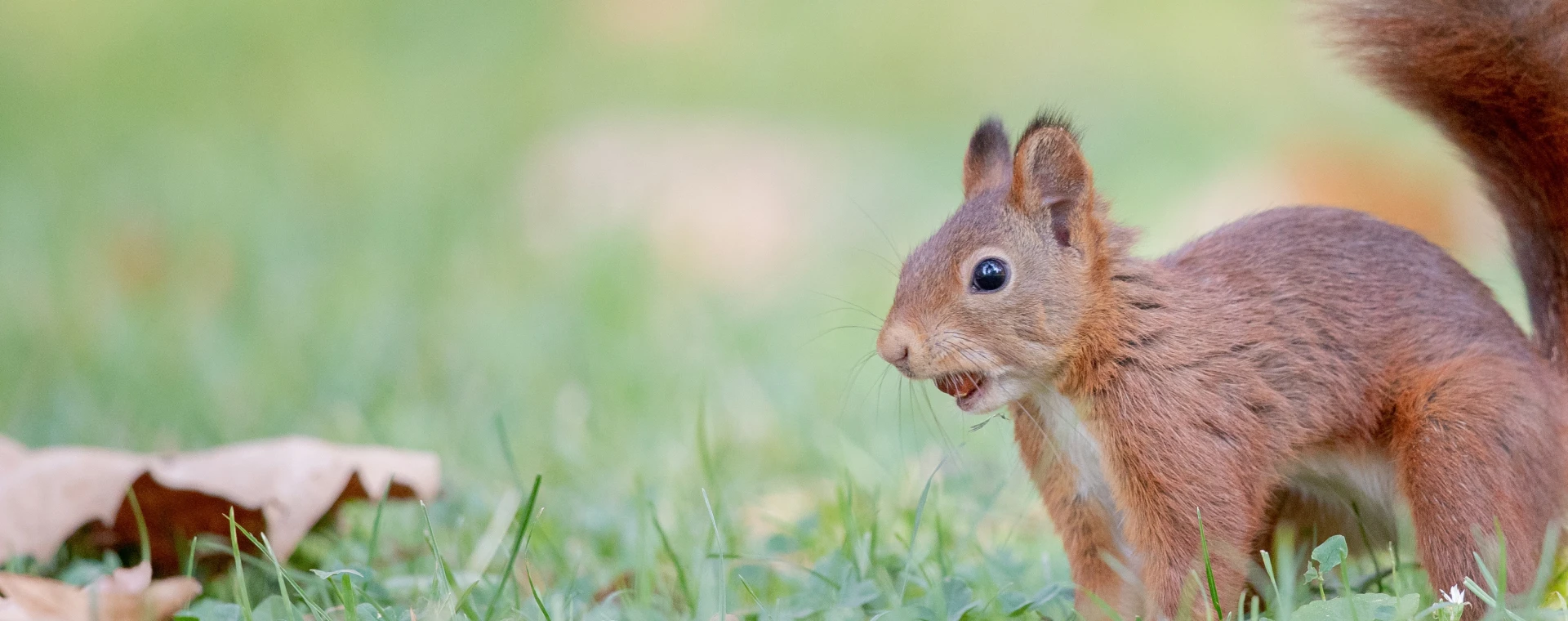Your home is a haven that you always strive to keep safe and secure. This can be challenging, especially if you are surrounded by wildlife. Mice, rats, bees, ants, raccoons, and other pests can invade your living space. However, with professional animal control services in Toronto, you can keep animals out of your home.
How we work
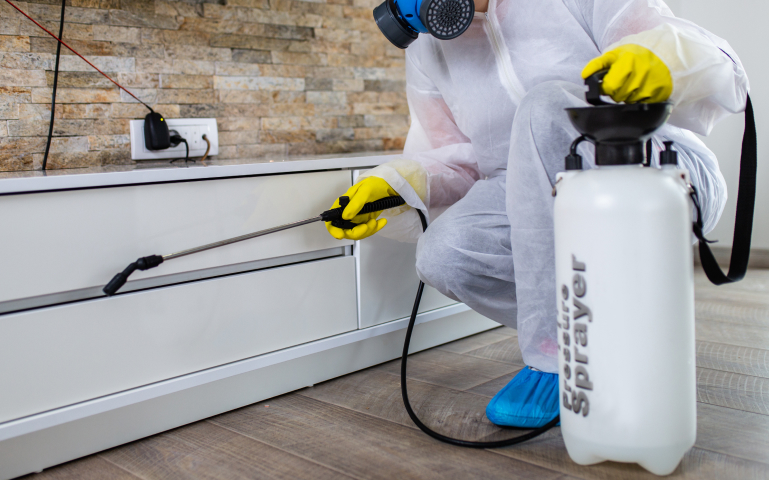
Step 1
Pest control technician will first look for signs of a bat infestation, including a rustling and squeaking sound in the attic, bat droppings, or the presence of bats on your premises, whether dead or alive.
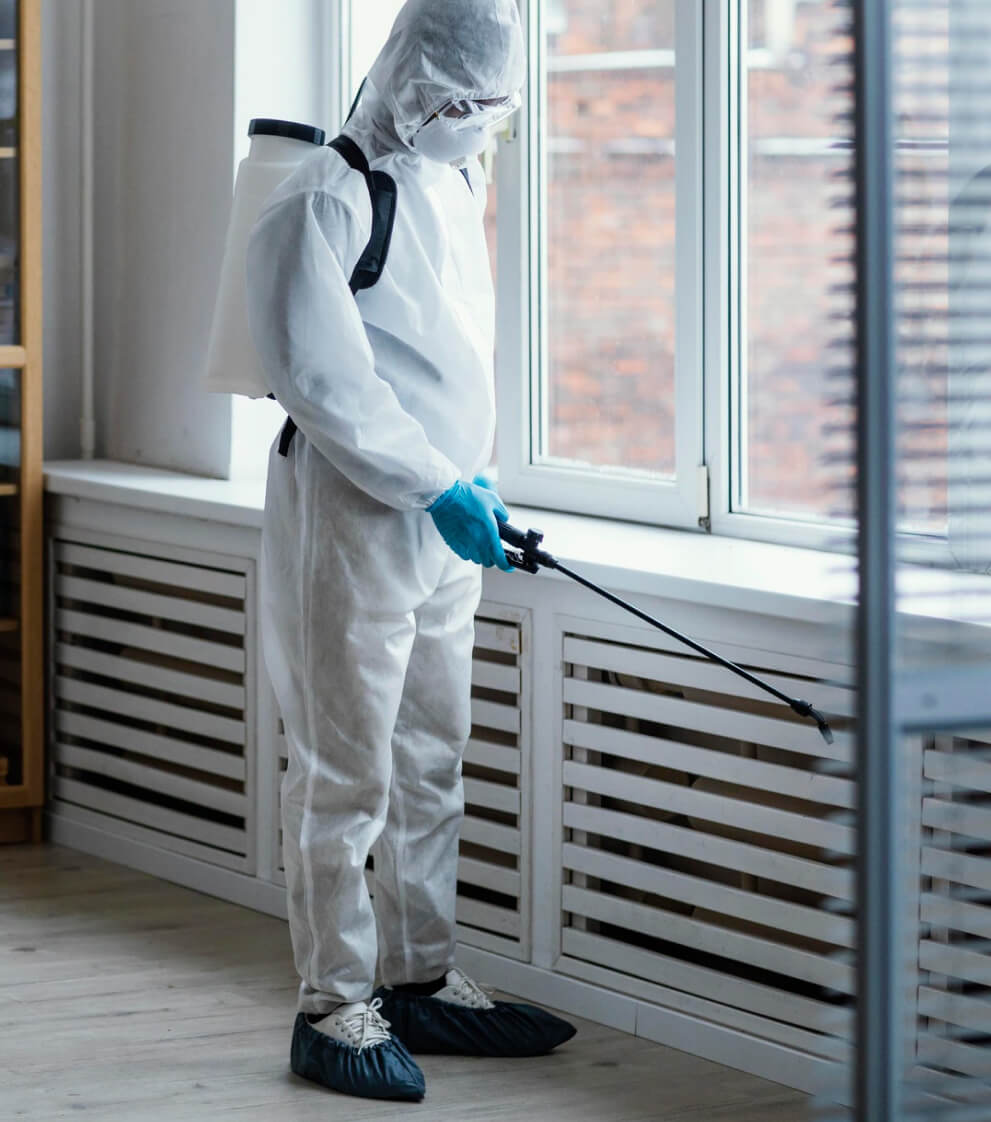
Step 2
Under Canadian law, bats are a protected species. An expert will carefully remove the bats in the attics and sanitize all the affected areas to ensure that you and your pets won’t get infected after touching those places.
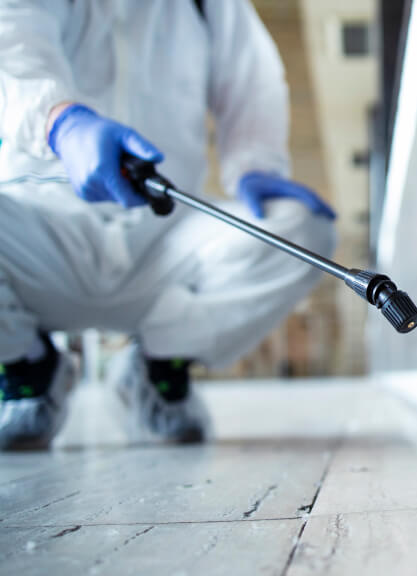
Step 3
The last step involves sealing your home against future bat infestations. This involves closing all attic windows, sealing gaps in the siding, installing screening over chimneys, and covering vents with screening. Our experts are careful not to seal bats inside.
Other Popular services



